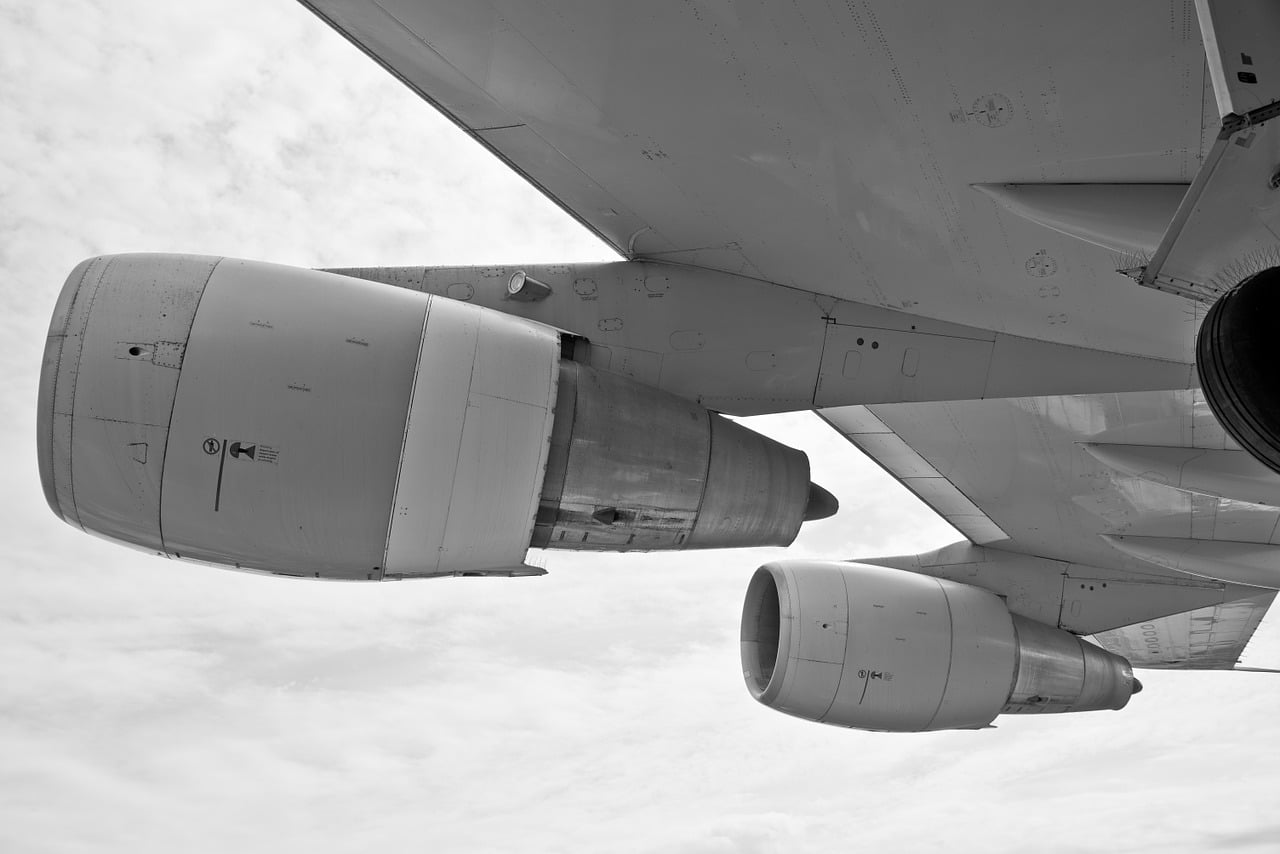Flying is said to be the safest mode of transport. The latest airplane models are produced with so many safety features, they can make even the newest Volvo look like a toy. Air travel accidents are 104 times fewer than car accidents and 3036 times fewer than motorcycle accidents. However, from time to time, engine failures do occur.
In February 2018, a CRJ900 jet faced considerable difficulties while taking off from Rwanda’s Kigali International airport. The jet crew quickly grounded the plane, assuming an object had got into one of the engines. A call for a thorough internal inspection of the engine by Skywards immediately ensued.
Q3 hedge fund letters, conference, scoops etc
According to the Aircraft Maintenance Manual, the Airworthiness Directives, and the requirements of specific Service Bulletins, Skywards Aviation has an EASA Part 145 approval for borescope inspections. It can inspect more than 40 different engine types, as well as auxiliary power units.
Rob Ward, Skywards’ managing director said the CRJ900 jet necessitated a 4-mm diameter borescope, which they didn’t have in-house, so they had to wait for their partner company to provide them with the required inspection technology.
Discovery of the Damage
Two turbofan engines power the CRJ900 jet. They’re mounted in each side of the rear section of the fuselage. The whole inspection operation took about 6 hours, and revealed alarming findings.
The blades of the high-pressure compressor had suffered calamitous damage. No evidence of a bird strike was present, so the main cause of the damage might have been a tiny piece of debris on the airport’s runway. Occasionally, borescope inspections locate similar causes of damage, for instance, a nut or a bolt. In this case, it appeared that the damage had been caused by either a stone or a similar object.
Borescopes with an ultra-bright light system with laser diodes and a sensor for high-pixel digital images provide crystal clear images – perfect for such an inspection job. As a result, its users are able to examine the most delicate defects in the darkest of places and over wide areas; with the help of clear images of the affected areas.
Thanks to wide-field stereo measurement capabilities, the borescope can measure an array of defect characteristics, including depth, distance, point-to-line, and area/lines. The real-time distance measurement of the instrument provides information about the surface shape, without any breaks or pauses in the inspection. With a responsive articulation and a military-grade durability, the developments of borescopes allow aviation technicians to quickly and precisely carry out inspections on extremely complex aircraft machinery.
Evidence for the Repair Works
Aircraft operators received thorough evidence reports, including borescope images. High-quality video and images, supporting the precise measurements, allow aircraft decision-makers to make very important choices with the highest degrees of confidence.
The repair bill for the CRJ900 jet engine is likely to be more than $1 million, so it is crucial that the aircraft operator receives the most accurate and clear evidence for the failure.
"Borescope inspections have helped aircraft operators reduce failures by 26%.” Borescopes appear in almost every aspect of the aviation industry – from small, private aircraft to military fighter jets. When you’re examining an aircraft’s worthiness, it’s critical to use an efficient and reliable tool not only to prevent death casualties but also to avoid exorbitant repair works.






